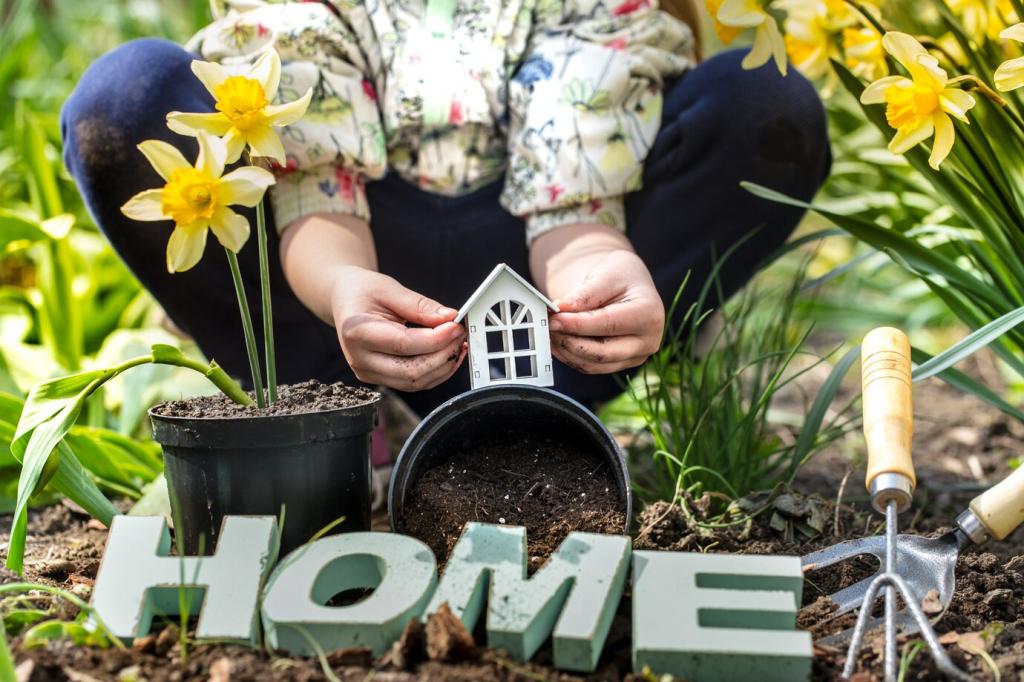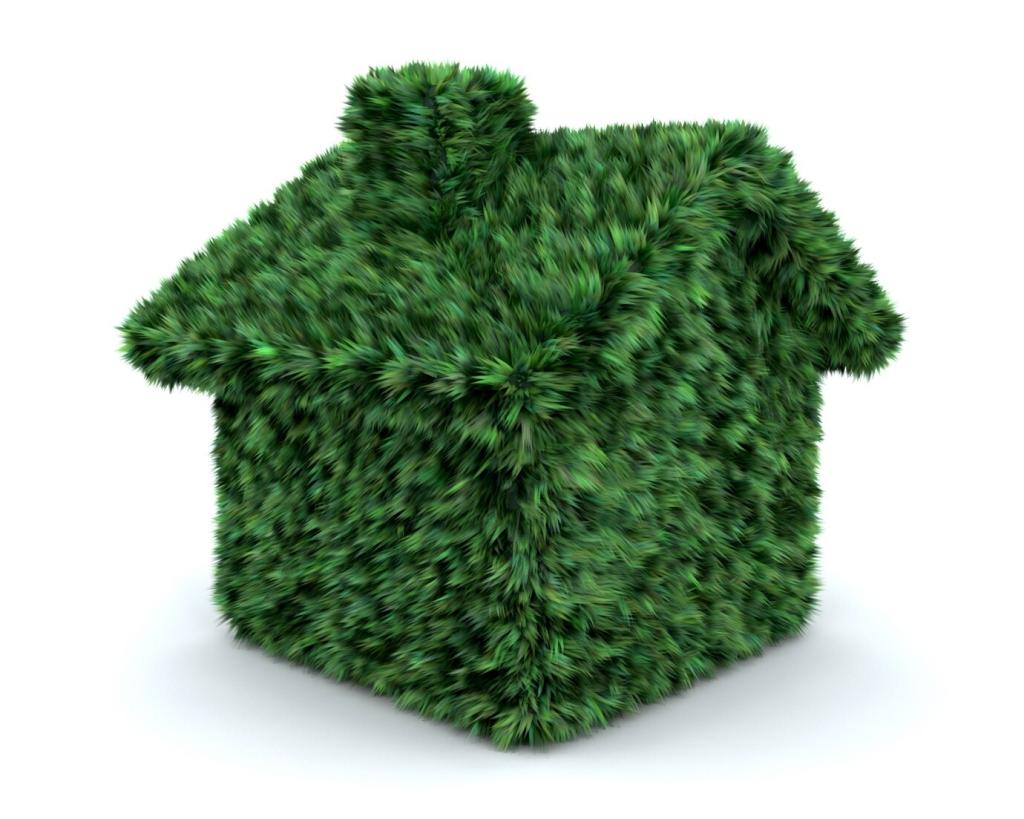Breathe New Life into the Past, Sustainably
Finding Vintage Pieces the Planet Would Approve
Create a shortlist by function, size, and materials before you browse estate sales, local online marketplaces, or salvage shops. Focused criteria prevent overbuying, reduce unnecessary transport, and help you choose pieces that are genuinely worth restoring.

Non-Toxic Cleaning and Stripping That Respect Your Air
Citrus gel formulas break down finishes gradually and are easier on indoor air quality. Work slowly, scrape gently, and capture residue with biodegradable rags. Patience reduces product use and prevents collateral damage to delicate veneer.

Plant Oils for Depth and Warmth
Tung and raw linseed oils penetrate, harden, and highlight grain without forming a heavy plastic film. Apply thin coats, wipe thoroughly, and allow generous curing time for a durable, repairable finish that ages gracefully.

Milk Paint and Low-VOC Colors
Traditional milk paint, mixed fresh, delivers a matte, velvety look with minimal environmental impact. For modern hues, choose certified low-VOC paints. Layer colors, distress sparingly, and seal with wax for character that never feels forced.

Waxes and Shellac for Repairability
Beeswax and carnauba blends nourish wood and are easy to spot-repair. Dewaxed shellac adds clarity and warmth, and it’s reversible with alcohol. Refinish future scratches without sanding everything back to bare.
Repair Techniques That Honor Original Craft
01
Tighten wobbly chairs by cleaning joints, replacing missing pegs, and dry-fitting. Use reversible glues like hot hide glue when possible. Future caretakers will thank you for repairs that can be undone without trauma.
02
Stabilize lifting veneer using warm hide glue and a caul. For losses, cut patches with the grain direction matched, then tone with dye, not heavy paint. Subtlety preserves authenticity and keeps materials use low.
03
Soak corroded brass in mild acid solutions like diluted vinegar, then neutralize and wax. Keep original screws and escutcheons whenever safe. Each salvaged part means fewer new resources mined and more soul retained.
Upcycling Ideas That Keep Character Intact
A solid wood paneled door with irreparable latch damage can become a headboard with history. Light sanding, milk paint, and wax finish keep the grain visible. Mount securely with French cleats for easy removal.

Anecdote: Saving a 1940s Dresser from the Curb
A neighbor set out a battered walnut dresser after a move. The drawers stuck, the top was ring-stained, and a leg was loose. It looked hopeless, but the dovetails whispered, “There’s still good bones here.”


Anecdote: Saving a 1940s Dresser from the Curb
Citrus gel lifted a gummy varnish; steam relaxed veneer bubbles. A hide-glue repair tightened the leg. Two coats of tung oil warmed the grain, while milk paint refreshed sides. The room smelled of citrus, not solvents.


Care, Maintenance, and Circular Futures
Dust with soft cloths, avoid silicone polishes, and refresh wax seasonally. Use coasters, felt pads, and stable humidity to minimize movement. Small habits prevent big fixes and keep resources in circulation longer.
Care, Maintenance, and Circular Futures
Keep a notebook of dates, finishes, and colors used. Save spare screws, knobs, and veneer offcuts in labeled tins. Documentation turns future repairs into afternoon tasks rather than weekend overhauls.
